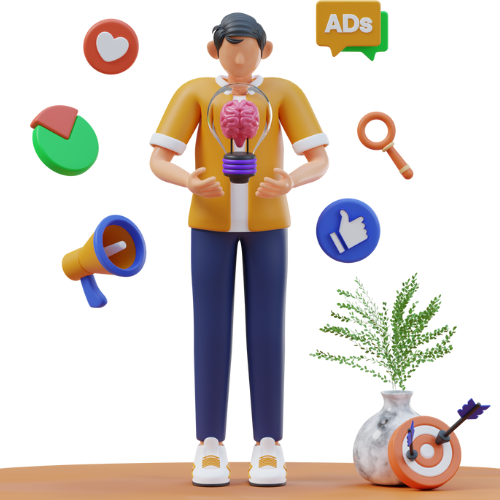Branding is as much about psychology as it is about aesthetics and messaging. In this post, we delve into the fascinating world of consumer behavior and explore how understanding the psychology of branding can help businesses create more effective and compelling brand experiences.
Understanding Brand Identity:
Brand identity goes beyond visual elements—it encompasses the emotions, associations, and perceptions that consumers have about a brand. By understanding the psychological factors that influence these perceptions, businesses can craft brand identities that resonate with their target audience on a deeper level.
Defining Your Brand:
Define what emotions and associations you want your brand to evoke in consumers. By aligning your brand with positive emotions and values that resonate with your target audience, you can create a powerful psychological connection that drives loyalty and affinity.
Designing Visual Elements:
Visual elements play a crucial role in shaping consumer perceptions and emotions. Choose colors, fonts, and imagery that evoke the desired emotional response and align with your brand’s identity and values.
Consistency Across Channels:
Consistency is key to reinforcing the psychological associations consumers have with your brand. Ensure that your messaging, tone, and visual elements are consistent across all touchpoints to create a cohesive and memorable brand experience.
Evolving With Your Brand:
Consumer behavior is constantly evolving, so brands must adapt their strategies accordingly. Stay informed about changes in consumer preferences, market trends, and cultural shifts, and be prepared to evolve your brand to stay relevant and resonant with your audience.
Understanding the psychology of branding is essential for creating meaningful connections with consumers and driving brand loyalty. By leveraging psychological principles to craft compelling brand experiences, businesses can create lasting impressions that resonate with consumers and drive long-term success.





